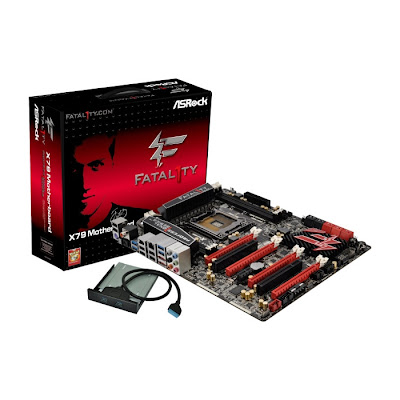Jon Peddie Research (JPR) has published its findings in regards to the evolution of the graphics market during the fourth quarter of last year, 2011.
There were some changes in terms of market shares, the most notable of which was NVIDIA's continued decline.
During the same period of 2010, NVIDIA held 22.5% of the GPU industry, with AMD less than 2% above (24.2%).
At the end of Q4 2011, though, the Santa Clara, California-based GPU maker ended up with just 15.7%, while AMD finished with 24.8%.
On that note, NVIDIA's share also dropped sequentially (it held 16.1% in Q3, 2011), while AMD grew, from 23%.
Meanwhile, Intel ended up with 59.1% of the total, less than the third quarter's 60.4%, but more than the Q4, 2010 share of 52.5%.
What sets last year's October-December period apart from previous ones is that the quarter showed an overall drop in graphics sales.
Previously, the last three months of each year were considered an “up” quarter, because of the winter holidays which always lead to shopping sprees.
The factor behind the quarterly drop was a slowdown in mobile PC sale, while NVIDIA saw the worst of it because of its retirement from the integrated segments.
Of course, it isn't like NVIDIA actually had a choice in the matter. With both Intel and Advanced Micro Devices selling CPUs with integrated graphics, there was no room left for the company on the low-end front.
Now, Jon Peddie Research believes that shipments will settle into tamer rates on the desktop and notebook fronts. Nothing is certain, though, because tablets have managed to disrupt the flow of the market altogether. It will take a while for the waters to settle.
This marketing study may not have included slates in its tallies, but the items did affect the number of orders and overall customer interest in computers.



 2/23/2012 11:07:00 PM
2/23/2012 11:07:00 PM
 dannzfay
dannzfay







































